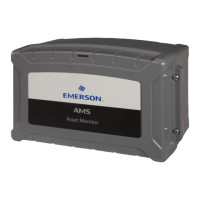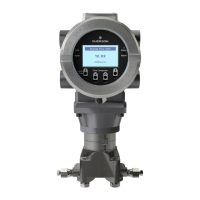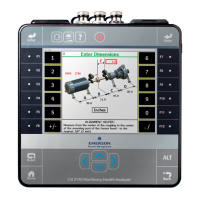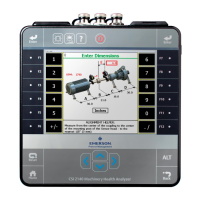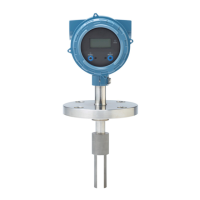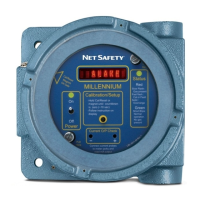Section 5847 User Instructions
Issue AL, July 24, 2006 Spec. Nos. 586505000 and 5865055000 (Model LMS1000)
Page 2-10 Chapter 2. Operating LMS1000
This document is property of Emerson Network Power, Energy Systems, North America, Inc. and contains confidential and proprietary information owned by Emerson Network Power, Energy
Systems, North America, Inc. Any copying, use, or disclosure of it without the written permission of Emerson Network Power, Energy Systems, North America, Inc. is strictly prohibited.
example, instead of typing the command SET TIME, typing SE TI is sufficient. Some
commands can be entered with one character. As an example, commands such as
ALARMS, SCAN, LOG, and PRCONFIG can be executed by entering the respective
single character A, S, L, or P. The minimum characters required to enter each command
are indicated in "Chapter 3. Commands".
When the backspace or delete key (Control H) is pressed, the last character typed is
erased. Successive uses of this key will erase characters back to, but not beyond, the
beginning of the line.
Two control characters allow use of all or parts of the previously entered command.
When a command is entered, a copy is stored internally in a buffer. Typing CTRL-R
copies the previously entered command from the buffer to the current command line.
Typing CTRL-Z copies the next character of the previously entered command from the
buffer to the current command line.
Aborting and Pausing Commands:
Typing CTRL-C, CTRL-X, or ESCape terminates the execution of a command in process,
and returns the user to the command prompt. This allows the user to enter another
command.
During system configuration, typing CTRL-V returns the user to the prior setting to be
programmed.
Typing CTRL-S pauses the response to a command. Typing any key restarts the
response.
User Timeout:
A user timeout feature is provided which automatically logs off a user when a period of
inactivity has occurred. This feature is designed to prevent a remote user from leaving a
terminal unattended, and thus tying up the modem port accidentally.
Note: The TL1 port has a session timeout feature which operates independently from
the user timeout feature.
A period of inactivity is defined as the amount of time that elapses while the system is
waiting for a command, carriage return, or line feed to be entered from the user. A
timeout message is issued and the communication link terminated when the elapsed time
reaches a preset value. This value is termed the "User Timeout" value, and is
programmable through the SET TIMEOUT command.
The timeout feature is active only when the system has specifically requested input from
the user, such as after a command prompt. It is NOT active during the processing of a
command.
Note: Commands such as SCAN A1 n will run indefinitely until the user aborts the
command.
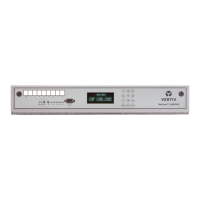
